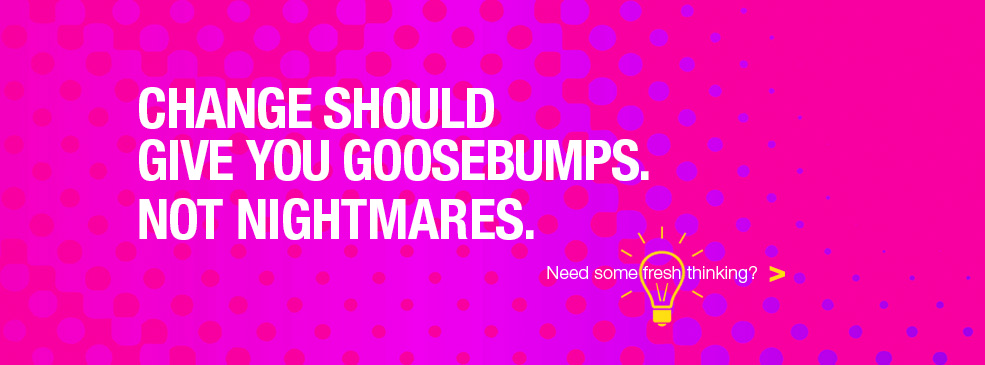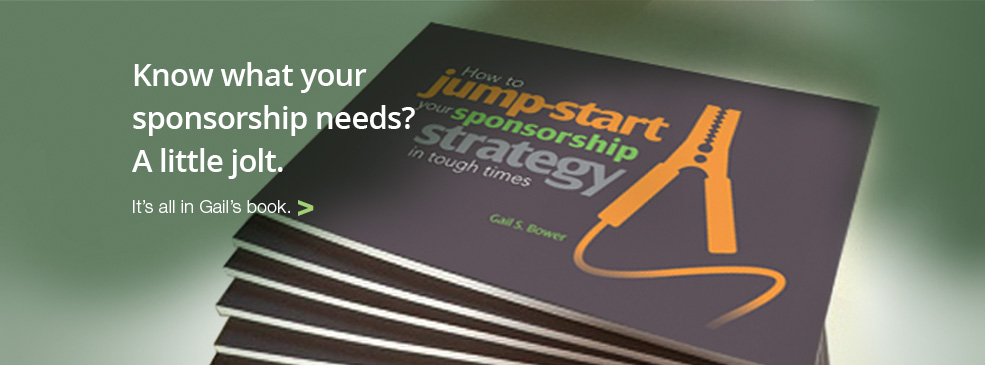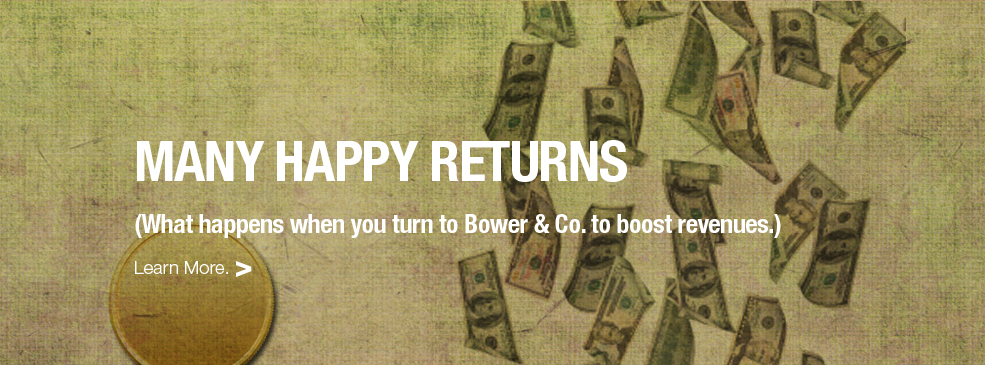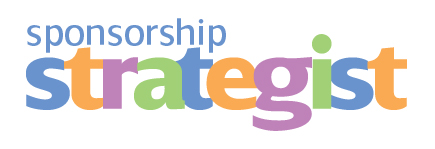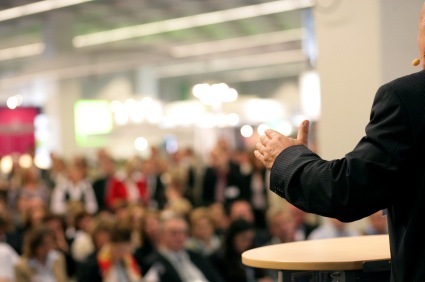Fans like the Beatles'
Fifty years ago today, America experienced the British Invasion.
The Beatles, then gaining in popularity in Europe, exploded into people's homes in America through their televised appearance of on The Ed Sullivan Show. Remember, at the time, there were only a limited number of viewing options, primarily the Big Three — ABC, CBS, or NBC — plus PBS and a handful of independent stations.
With 73 million people tuned into the performance, it was the highest rated television show ever, with 45.3% of households with televisions watching and 60% of households with the television on tuned in to "the youngsters from Liverpool," as Sullivan introduced them. To give you a sense of scale, about 111 million people watched the 2014 Superbowl, which also represents 60% of households.
As you ponder the significance of the Beatles performance on the trajectory of popular culture and rock 'n roll's impact on our culture, consider, too, the epic change in our media options and the ways we market.
 Documentary film about Beatles secretary Freda KellyCheck out the film (available on Netflix) Good Ol' Freda, about Freda Kelly, the Beatles' secretary and manager of the Beatles fan club. It's a fascinating study and firsthand account from behind-the-scenes of the Beatles' early days.
Documentary film about Beatles secretary Freda KellyCheck out the film (available on Netflix) Good Ol' Freda, about Freda Kelly, the Beatles' secretary and manager of the Beatles fan club. It's a fascinating study and firsthand account from behind-the-scenes of the Beatles' early days.
From a marketing perspective, it also provides interesting insights. For example, Freda Kelly responded to millions of pieces of handwritten fan mail with handwritten/handtyped and often tangible responses. People asked for autographed photos, locks of hair, and even more personal requests. One person wanted Ringo to sleep on and autograph the pillowcase she mailed in! The level of audience engagement at the time was physical, tangible, intimate, tactical, personal, and thus relational in a different way from our electronic media today.
Also you didn't get an instant reply, which meant you had to wait for weeks until your response showed up in your mail box. Anticipation and excitement built daily for fans wondering if today would be the day that their fan mail response would appear. Plus, that it was physical created a greater sense of value — there's more meaning and sentimentality to the reply compared with a like or a retweet. I know a former corporate CEO now in her 60s who has a piece of fan paraphernalia — a signed photo — framed and hanging on her kitchen wall to this day. Try doing that with a Facebook like!
 Freda Kelly & Paul McCartneyAnother observation is that with marketing, you start where you are. In the early days, the Beatles didn't have a lot of fans. Naively, Freda Kelly included her home address for the fan mail address. Very quickly that had to change as cartons of letters began showing up at her family's doorstep.
Freda Kelly & Paul McCartneyAnother observation is that with marketing, you start where you are. In the early days, the Beatles didn't have a lot of fans. Naively, Freda Kelly included her home address for the fan mail address. Very quickly that had to change as cartons of letters began showing up at her family's doorstep.
Same for your organization. Start where you are. Develop a set of marketing best practices, keep building your audiences, and at some point, you'll have your own fan base. No guarantees you'll have audiences like the Beatles, but within your arena, anything's possible.
Share a comment below and let me know what else you enjoy about Good Ole Freda.
 Gail Bower
Gail Bower
The original post had a full video version of this Beatles performance which was removed from YouTube. I've replaced it with this excerpt.




